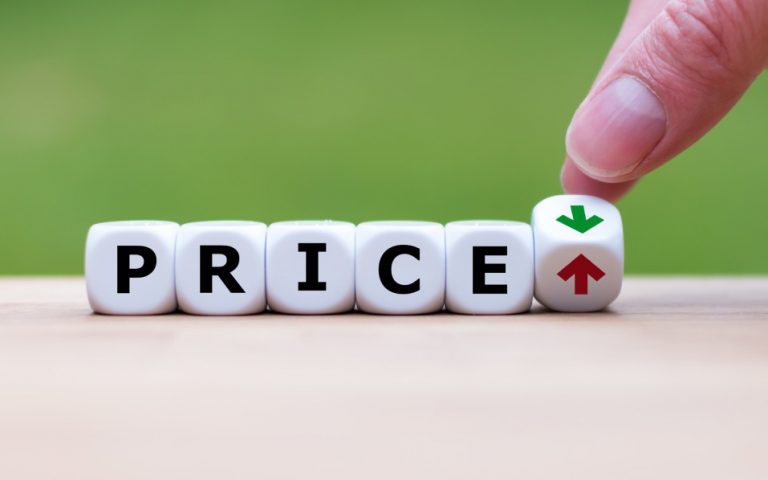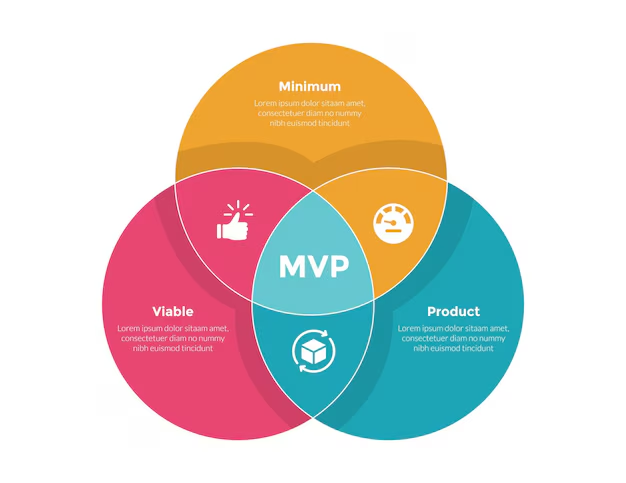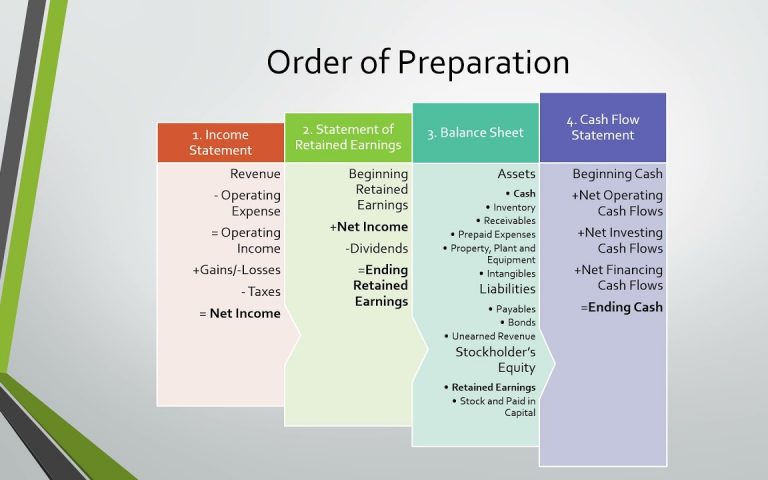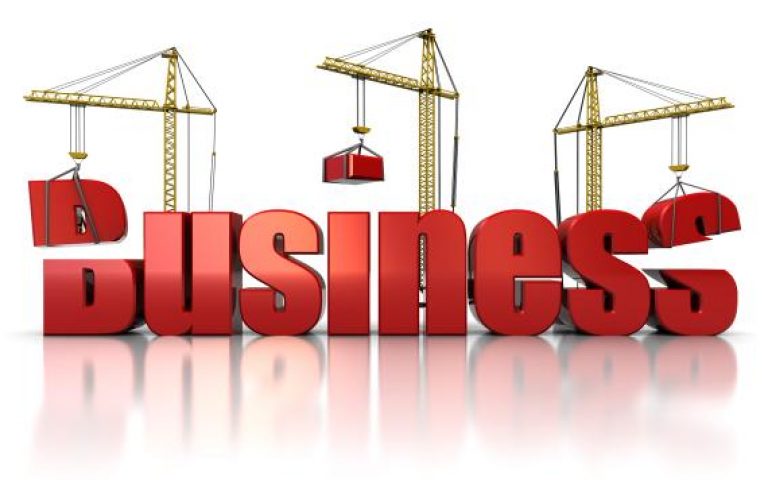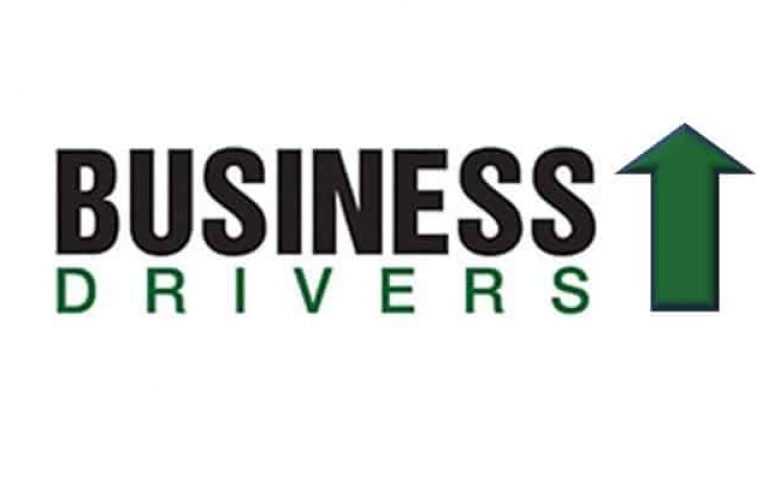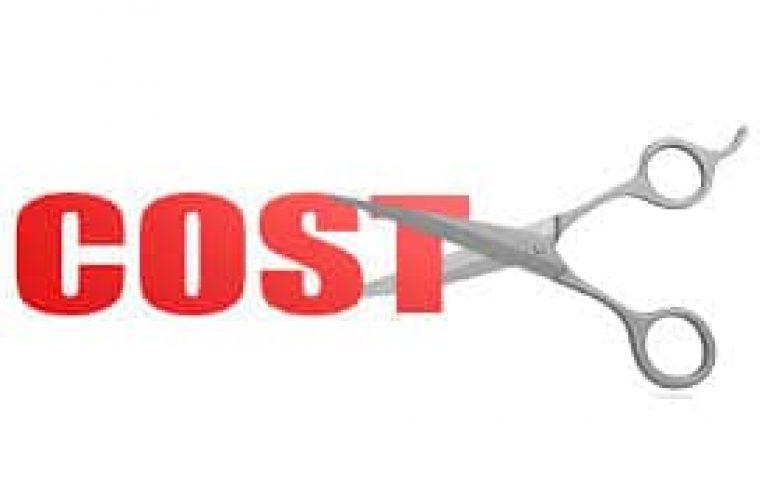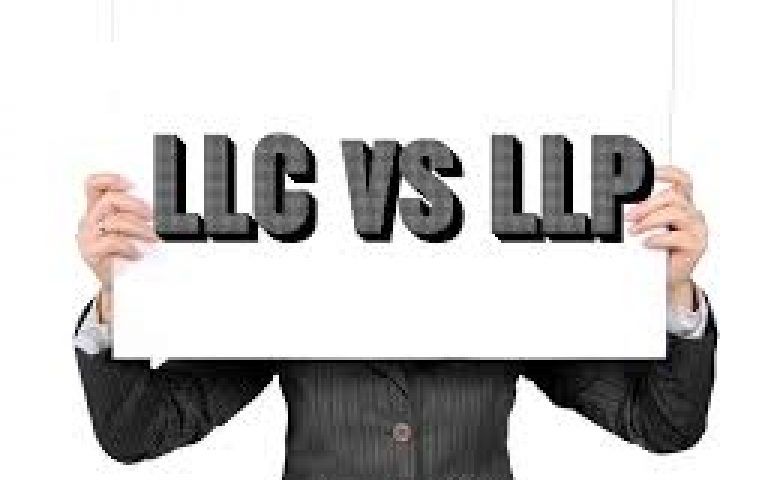Often mistaken for one another, a product’s Markup and Margin are two different concepts. The Markup refers to how much over cost you’ve sold, or need to sell, a product for, while the Margin refers to how much of a product’s revenue you get to keep. They both sound and can be used similarly but confusing the two can create problems.
Let’s start with a simple example:
Markup = ((Price – Cost)/Cost) x 100 (i.e.: profit/cost expressed as a percentage)
Assume your widget cost $18 to produce and you sell it for $36, you would have:
(($36 – $18) / $18) x 100 = 100% Markup
You could express your desired selling price by quoting your desired Markup percentage of known:
$18 cost + ($18 x 100%) = $36
When quoting Margin, you always divide by price instead of the cost:
Margin = ((Price – Cost) / Price) x 100 (i.e.: profit/revenue expressed as a percentage
Using the same assumptions, you would have:
($36 – $18) / $36) x 100 = 50% Margin
In other words, whereas with Markup, where one can say they mark up the price of the product by 100% times it cost, they can alternately say that 50% of their selling price is profit (their Margin).
In our example, the widget has a “Markup” of 100% and a “Margin” of 50%.
So, when should you use Markup versus Margin?
Quoting Markup focuses on a cost-based point of view and helps ensure you keep generating consistent revenue per unit sold because it forces you to look at changing costs and adjust the selling price accordingly by applying you desired Markup Percentage to land at the current selling price.
Particularly when there are different players along a supply chain with standard rates, using Markup at each stop is common.
Alternately, a focus on Margins, tends to direct you to value-based thinking because you start out by looking at the price first, not the cost. Focusing on price over cost brings places greater emphasis on other market pricing decisions.
You might find pricing based on Margins more commonplace when there is a lot of competition. This could, for example, allow you to evaluate pricing by determining a range that includes the lowest acceptable price at which you are willing to sell your product, based on a minimum Margin requirement.
These are rather simplified examples, and one often doesn’t have the same profit expectations for each different item offered. However, if we understand the difference between markup percentages and gross profit margins, we can have better flexibility in our pricing strategies.
***
TITAN Business development Group, LLC
coaching | consulting | results!
www.TitanBDG.com





